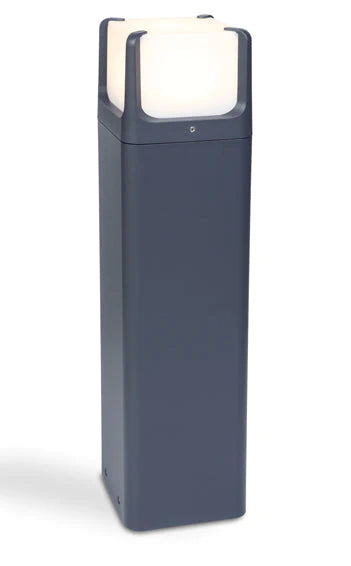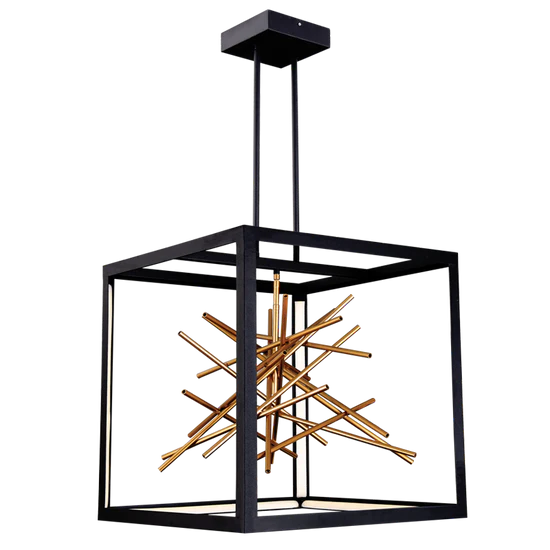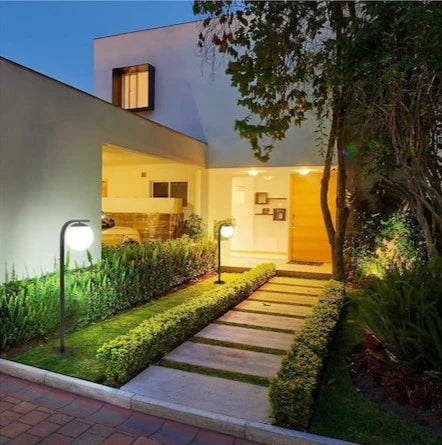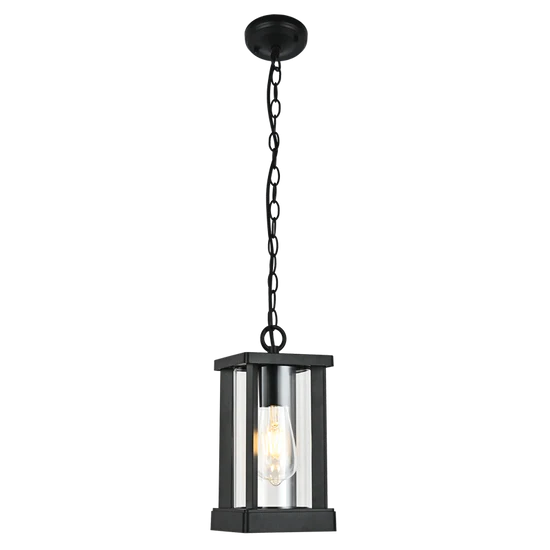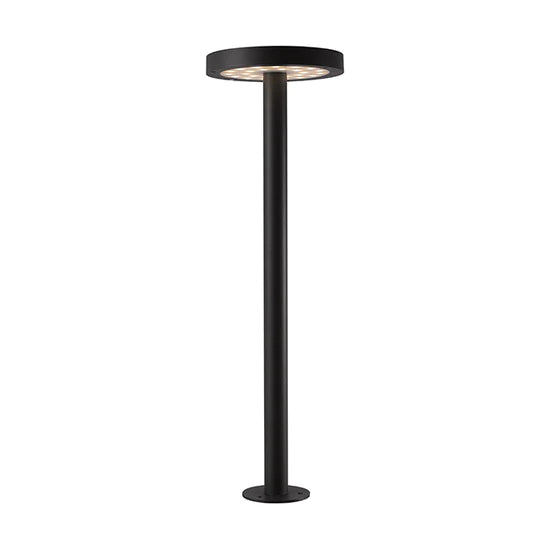LED (Light-Emitting Diode) lights have revolutionized the lighting industry with their energy efficiency, durability, and versatility. Among the various types available, 12-volt LED lights have gained popularity due to their low voltage requirement, making them ideal for use in a wide range of applications, from automotive lighting to outdoor illumination. One question that often arises is how long these 12-volt LED lights last. In this blog post, we will delve into the lifespan of 12-volt LED lights, exploring the factors that influence their longevity and providing some useful tips for maximizing their lifespan.
Understanding LED Lifespan: Unlike traditional incandescent or fluorescent lights, LED lights do not burn out or fail in the same way. Instead, they gradually dim over time, which is why their lifespan is typically measured in terms of hours of use until they reach a certain percentage of their initial brightness. This is known as the L70 rating, where the "L" stands for light output and the "70" indicates the percentage of brightness remaining. For example, an LED light with an L70 rating of 50,000 hours would still emit 70% of its initial brightness after 50,000 hours of use.
Factors Affecting LED Lifespan:
-
Quality of the LED: The quality of the LED chip used in the light greatly impacts its lifespan. Higher-quality LEDs tend to have better heat dissipation capabilities and more robust materials, resulting in longer lifespans.
-
Operating Conditions: The operating conditions in which the LED lights are used play a crucial role in determining their lifespan. Factors such as ambient temperature, humidity, voltage stability, and electrical current fluctuations can impact their performance. Extreme temperatures, excessive humidity, or unstable power supply can shorten the lifespan of LED lights.
-
Heat Management: Heat is one of the primary enemies of LED lights. Excessive heat can degrade the components of the LED, leading to a reduction in its lifespan. Proper heat management, through the use of heat sinks or cooling systems, is essential for maximizing the longevity of LED lights.
-
Usage Patterns: The number of hours of use per day and the frequency of switching LED lights on and off can affect their lifespan. LED lights are not affected by frequent on/off switching, unlike traditional lights, so they can be easily turned on and off without concern for their lifespan.
Maximizing the Lifespan of 12-Volt LED Lights:
-
Choose Quality Products: Opt for LED lights from reputable manufacturers that use high-quality components. Investing in better quality initially can pay off with longer-lasting lights.
-
Adequate Ventilation: Ensure that the LED lights have proper ventilation and do not get excessively hot. Good airflow around the lights can help dissipate heat and prolong their lifespan.
-
Optimal Operating Conditions: Keep the LED lights within the specified operating temperature range and protect them from excessive humidity. Avoid exposing them to extreme temperatures or moisture, which can accelerate their deterioration.
-
Proper Voltage Regulation: Use a stable power supply and consider employing voltage regulators or surge protectors to safeguard the LED lights from electrical fluctuations.
Conclusion: 12-volt LED lights offer exceptional energy efficiency and longevity compared to traditional lighting options. While their lifespan can vary depending on several factors, including the quality of the LED, operating conditions, heat management, and usage patterns, it is not uncommon for them to last tens of thousands of hours. By choosing high-quality LED lights, providing proper heat management, and maintaining optimal operating conditions, you can maximize their lifespan and enjoy the benefits of efficient and durable lighting for many years to come.




































